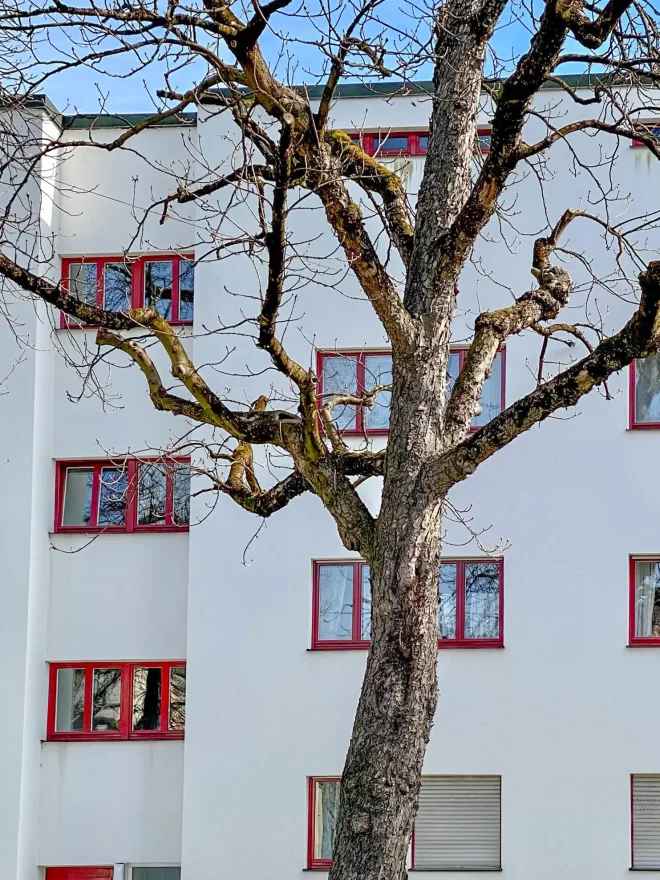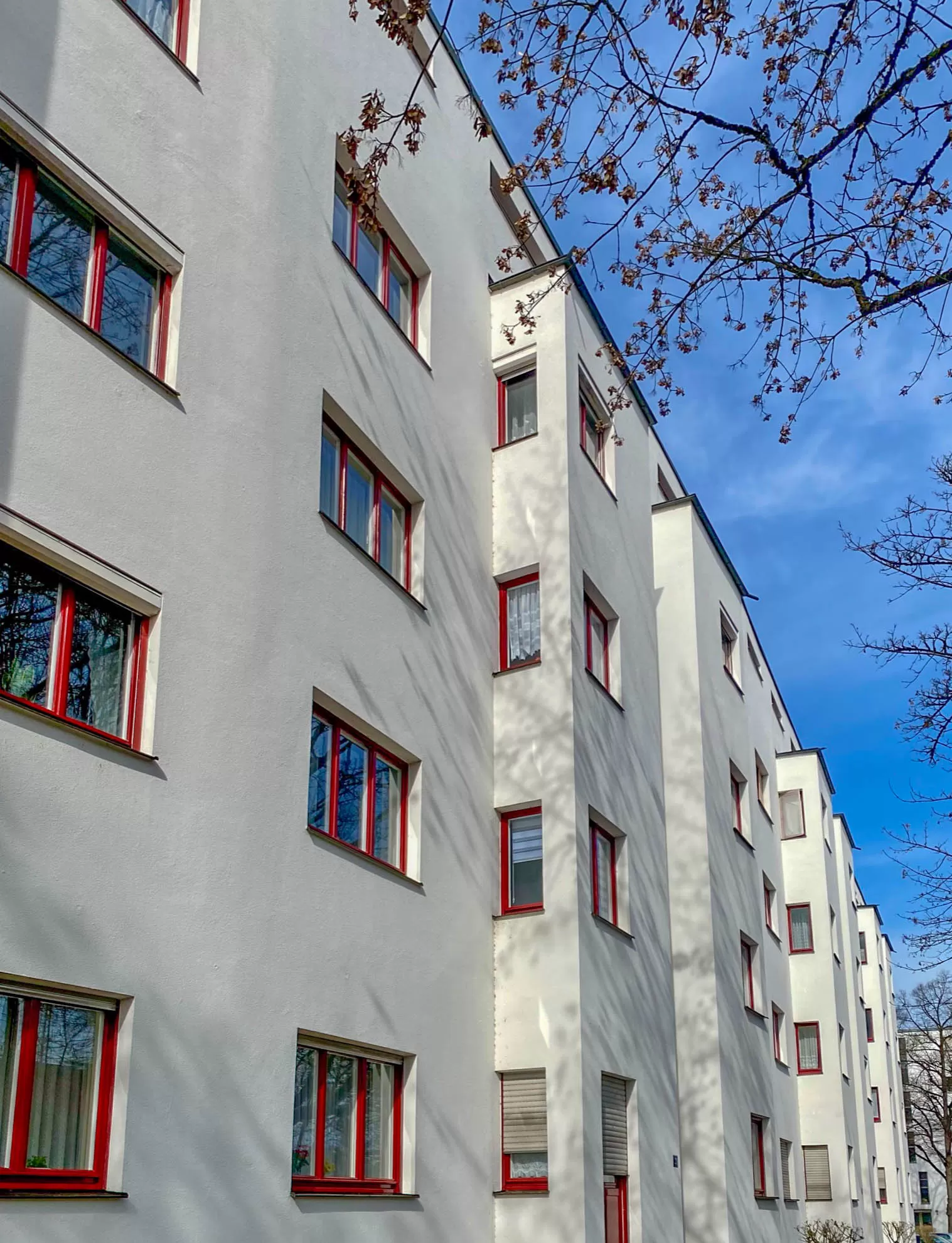
Schuberthof, 1928-1930. Architect: Thomas Wechs. Photo: Daniela Christmann
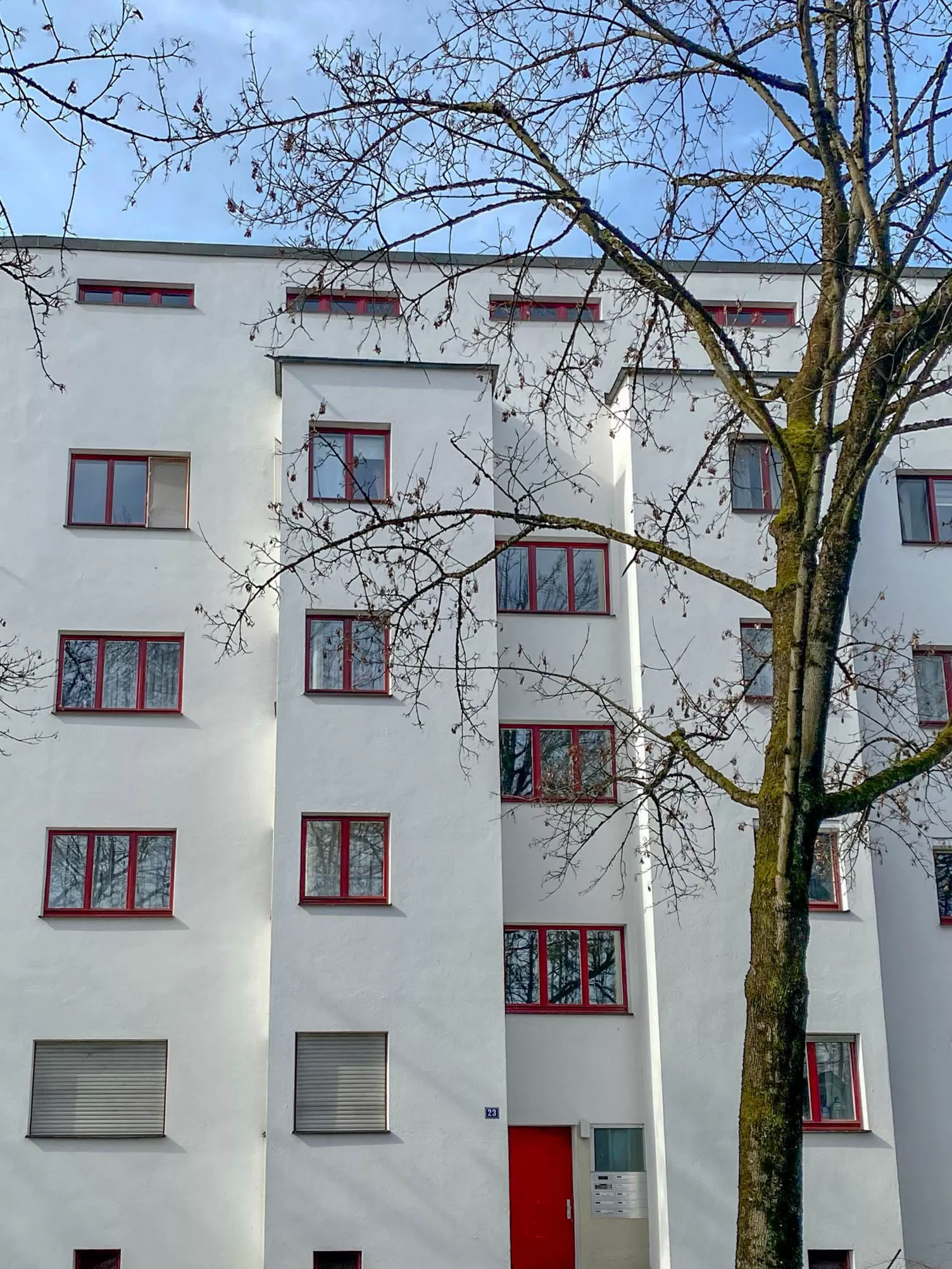
Schuberthof, 1928-1930. Architect: Thomas Wechs. Photo: Daniela Christmann
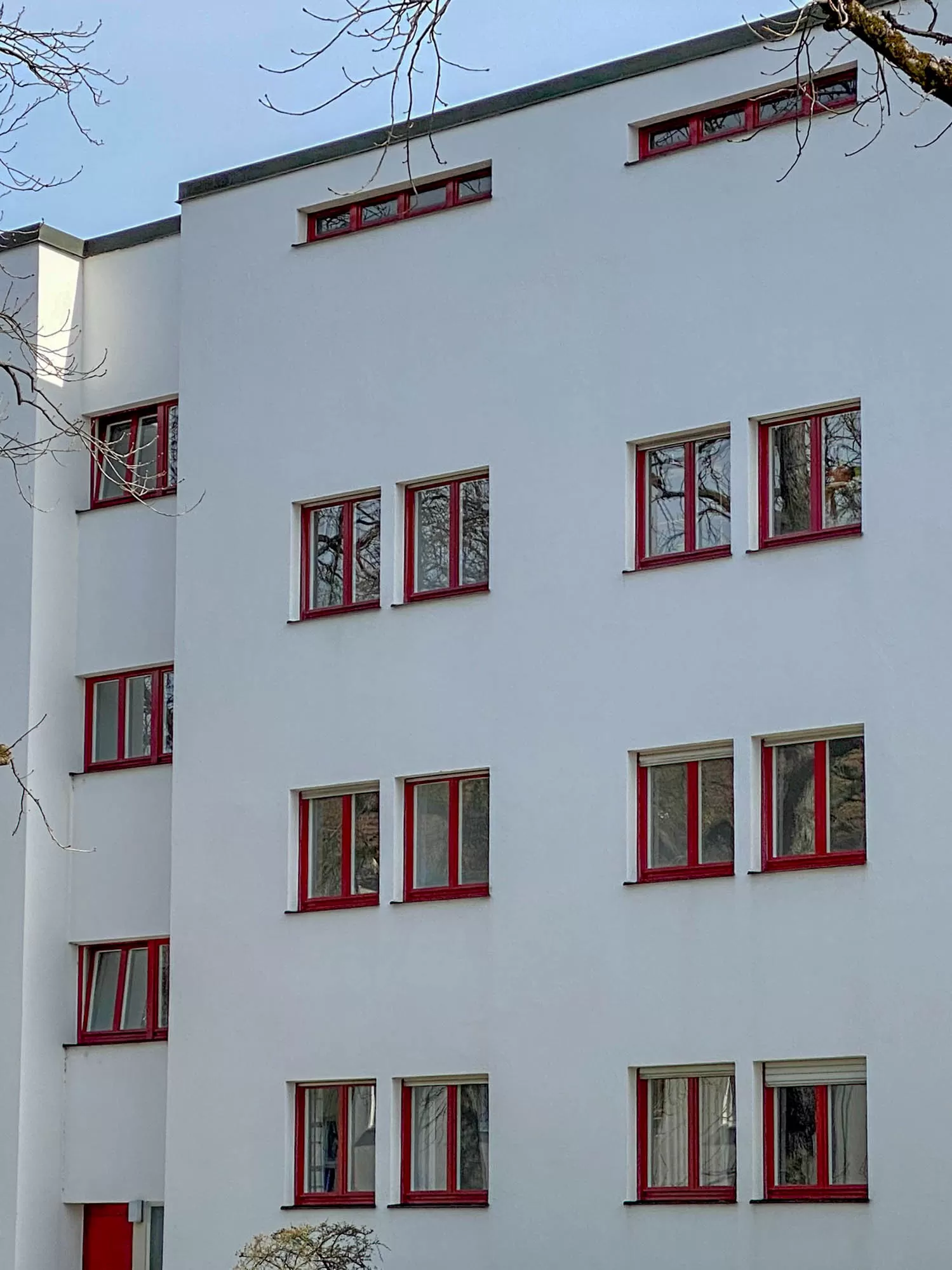
Schuberthof, 1928-1930. Architect: Thomas Wechs. Photo: Daniela Christmann
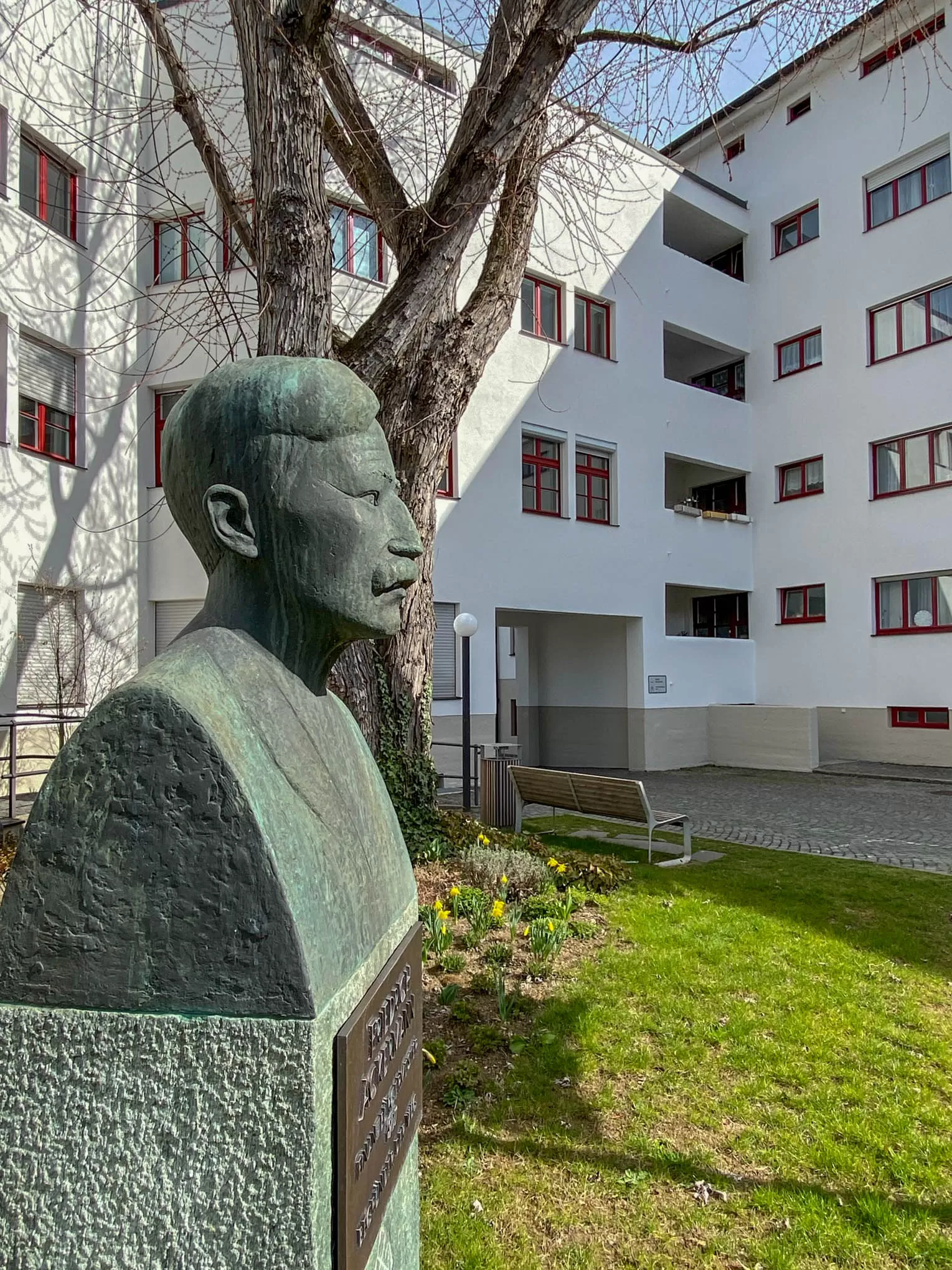
Schuberthof, 1928-1930. Architect: Thomas Wechs. Photo: Daniela Christmann
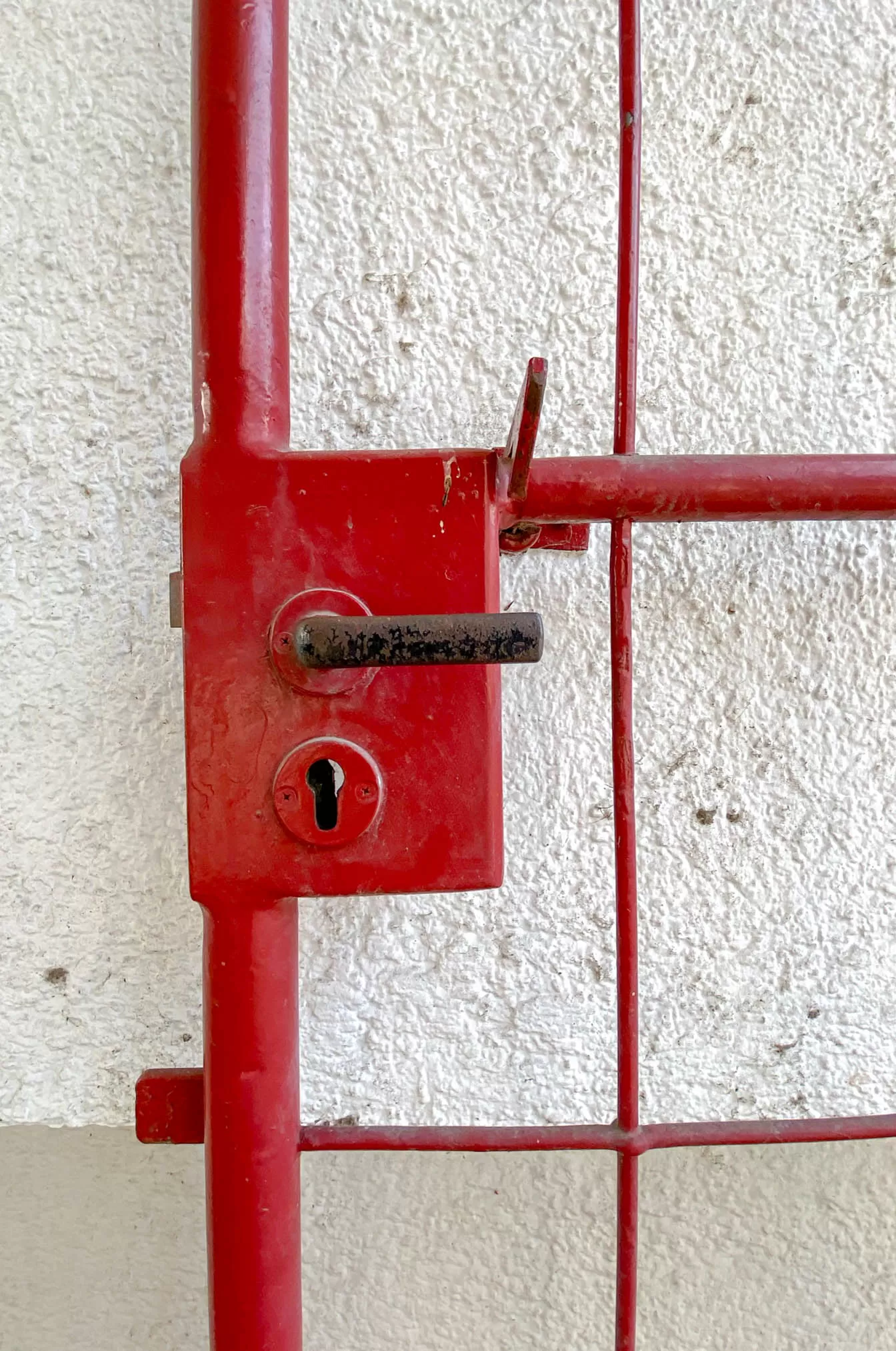
Schuberthof, 1928-1930. Architect: Thomas Wechs. Photo: Daniela Christmann
1928 – 1930
Architect: Thomas Wechs
Johannes-Rösle-Straße 1-25, Rosenaustraße 52-68, Schlettererstraße 1-13, Augsburg, Germany
Alongside the Lessinghof, built between 1930 and 1931, the Schuberthof is the second residential complex built by Thomas Wechs in Augsburg.
The owner of the housing complex, built between 1928 and 1930, was the housing association Wohnungsbaugesellschaft der Stadt Augsburg GmbH (WBG).
Construction began in September 1928, and the Schuberthof was ready for occupancy in the summer of 1930.
Housing Complex
In January 1928, Augsburg’s city building councilor Otto Holzer had asked the architect Thomas Wechs if he would like to take on the design of the first housing project of the municipal housing association, which had been founded a year earlier.
The housing complex was to be built on a plot of land that the city had already acquired from the Lotzbeck snuff factory in 1911.
Thomas Wechs
In February 1928, Wechs had already drawn up the first sketches for the development of the so-called Lotzbeckwiese. In March, Wechs was awarded the contract for the planning and construction management of the housing project.
The architect was given extensive freedom of design. The only stipulation was to build as many apartments as possible, with rents ranging from twenty-four to forty-two Reichsmarks per month. The building program was thus aimed at the economic conditions of the middle class.
The housing complex consisted of 28 houses with a total of 186 apartments, including 52 large apartments, 104 medium-sized apartments, and 28 small apartments, two store units, and offices for the housing association.
Furnishings
All apartments had bathrooms and kitchens. The larger apartments were equipped with floor hot water heating, the smaller apartments with stove heating.
In the attic there were ironing rooms, drying floors and water reserve tanks. In the basement were laundry, storage rooms and garages.
The houses are distributed over four buildings with white plaster facades, red window frames and doors, and flat roofs.
Courtyard
On the south front of the complex, a one-story storefront with a glass front closes off a front courtyard and marks the entrance to the residential courtyard. On the north side, the staggered arrangement of the rows of houses marks another acces to the courtyard.
The spacious residential courtyard is not visible from the outside and was completely tailored to the needs of the residents with a playground, a bleaching meadow with a laundry drying area and a basin.
Renovation
After the end of the war, bomb damage was repaired. The complex has been a listed building since 1977. In the summer of 1987, an exterior renovation in keeping with the preservation order was carried out.
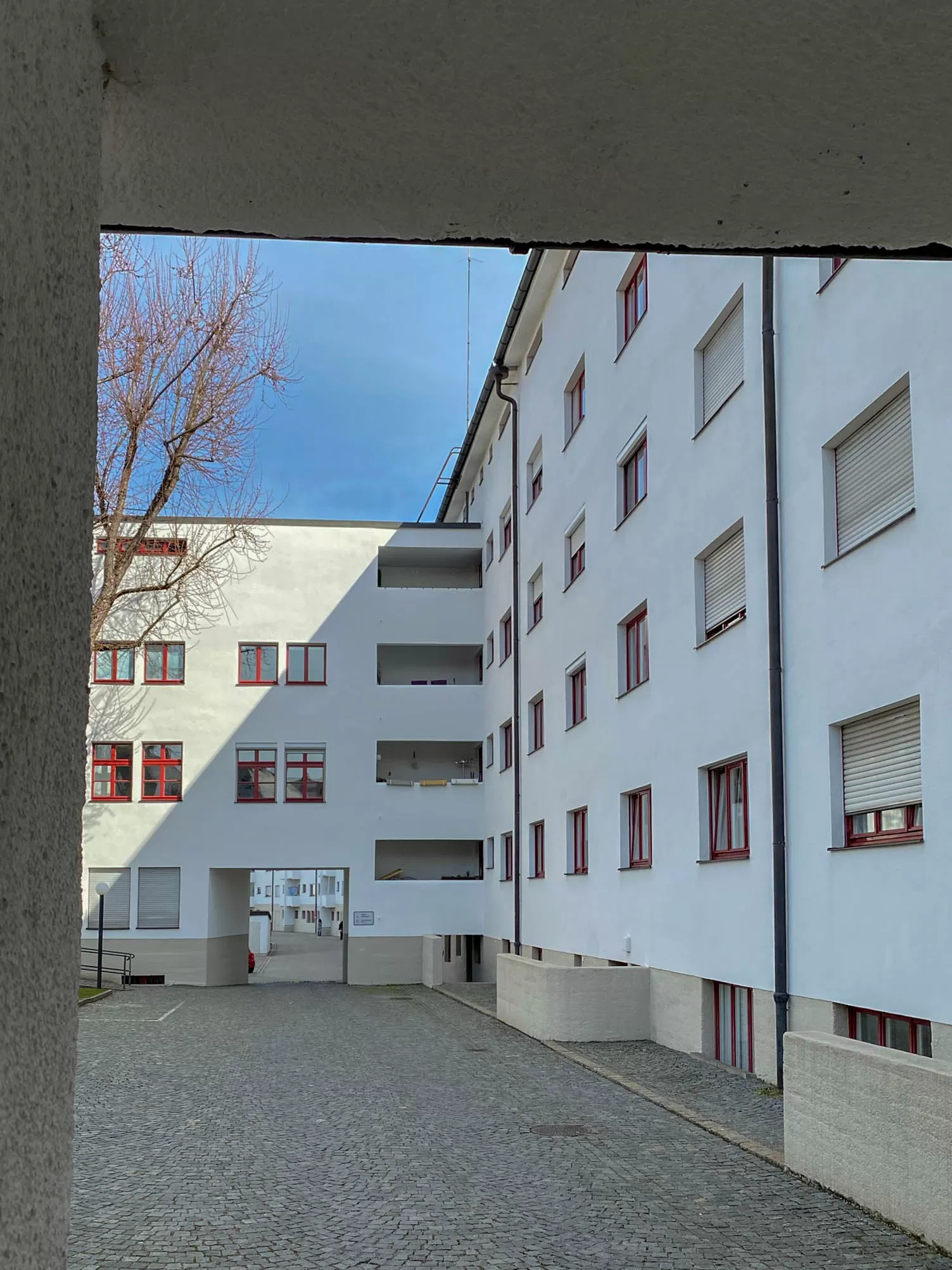
Schuberthof, 1928-1930. Architect: Thomas Wechs. Photo: Daniela Christmann
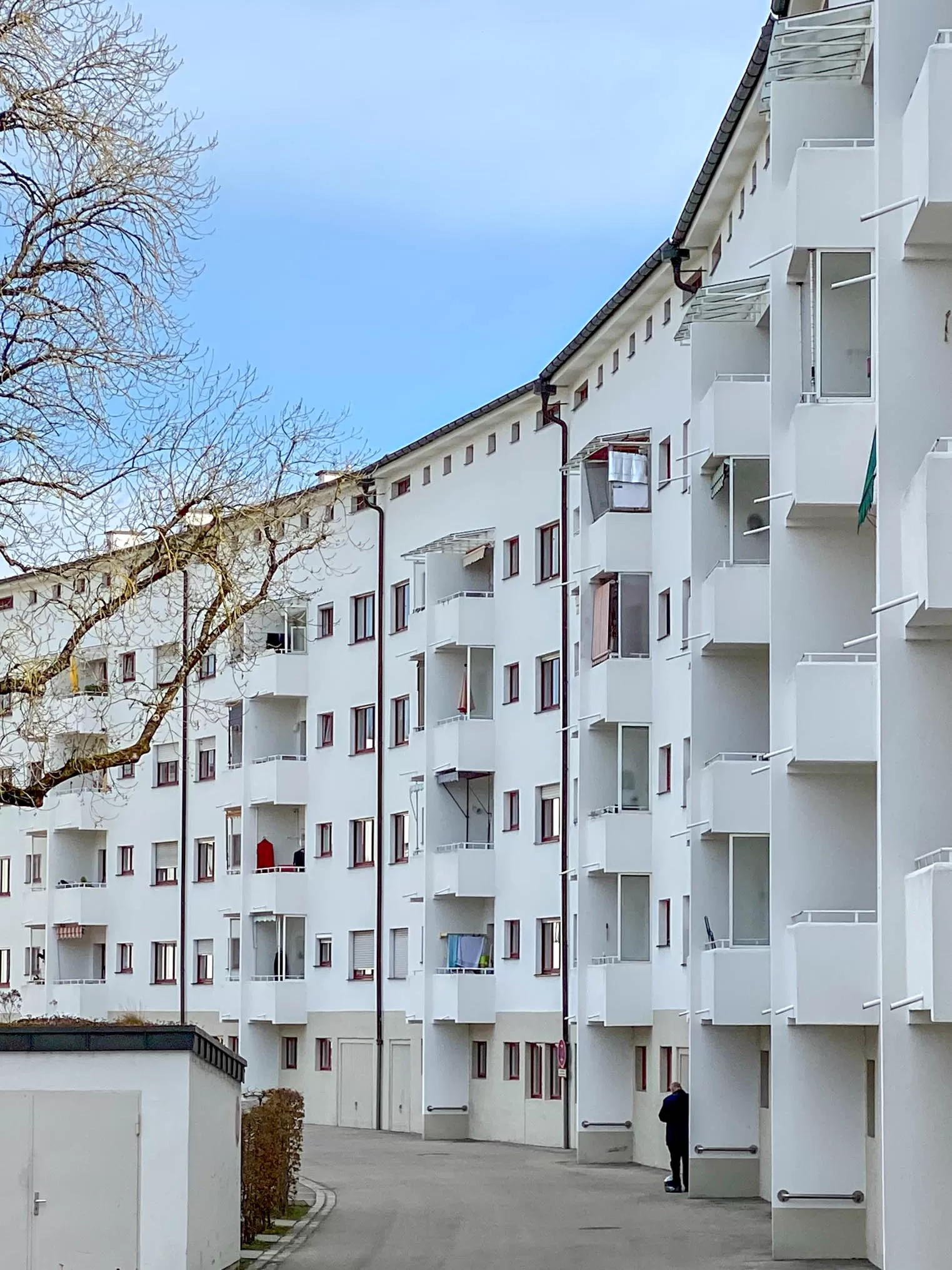
Schuberthof, 1928-1930. Architect: Thomas Wechs. Photo: Daniela Christmann
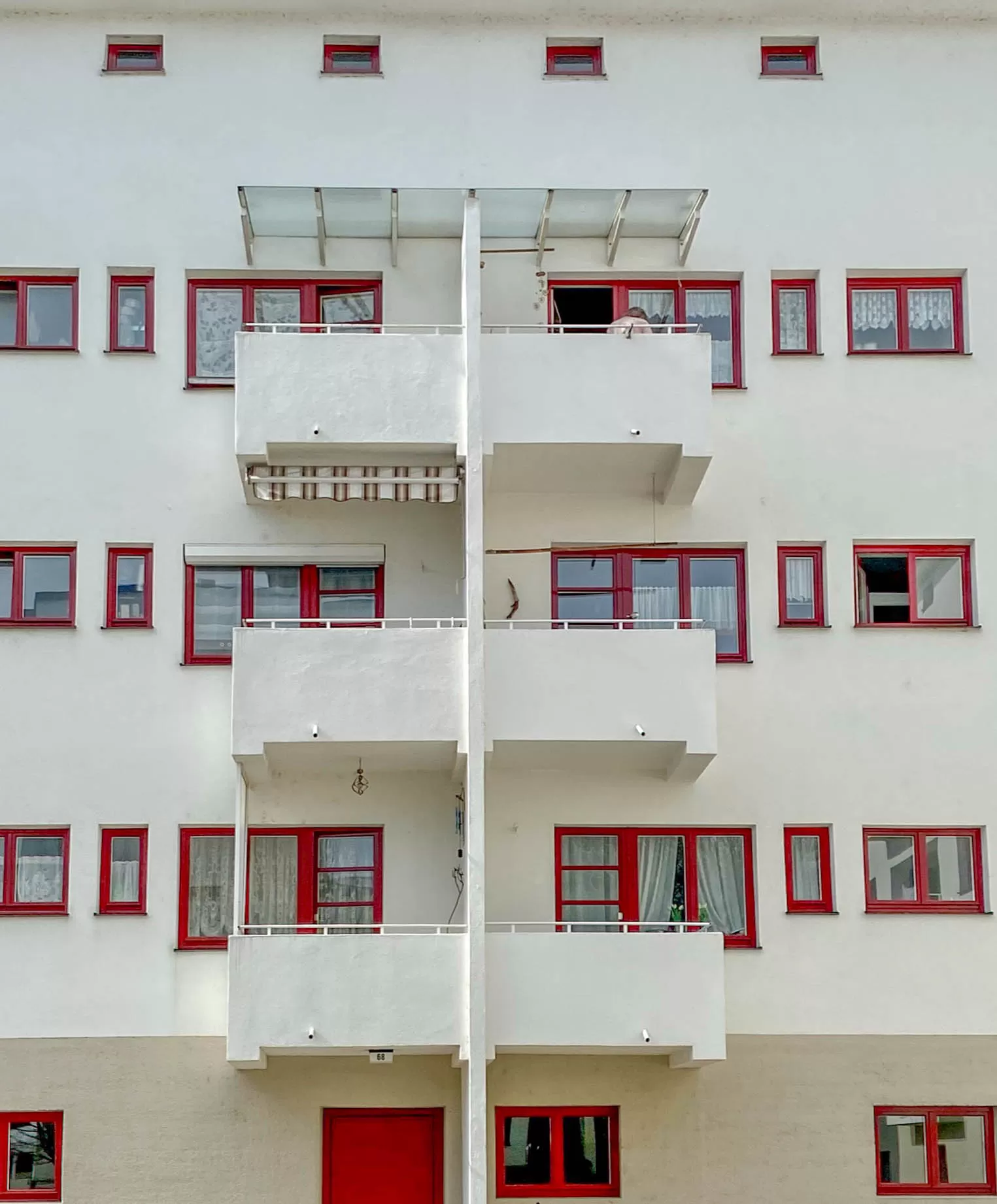
Schuberthof, 1928-1930. Architect: Thomas Wechs. Photo: Daniela Christmann
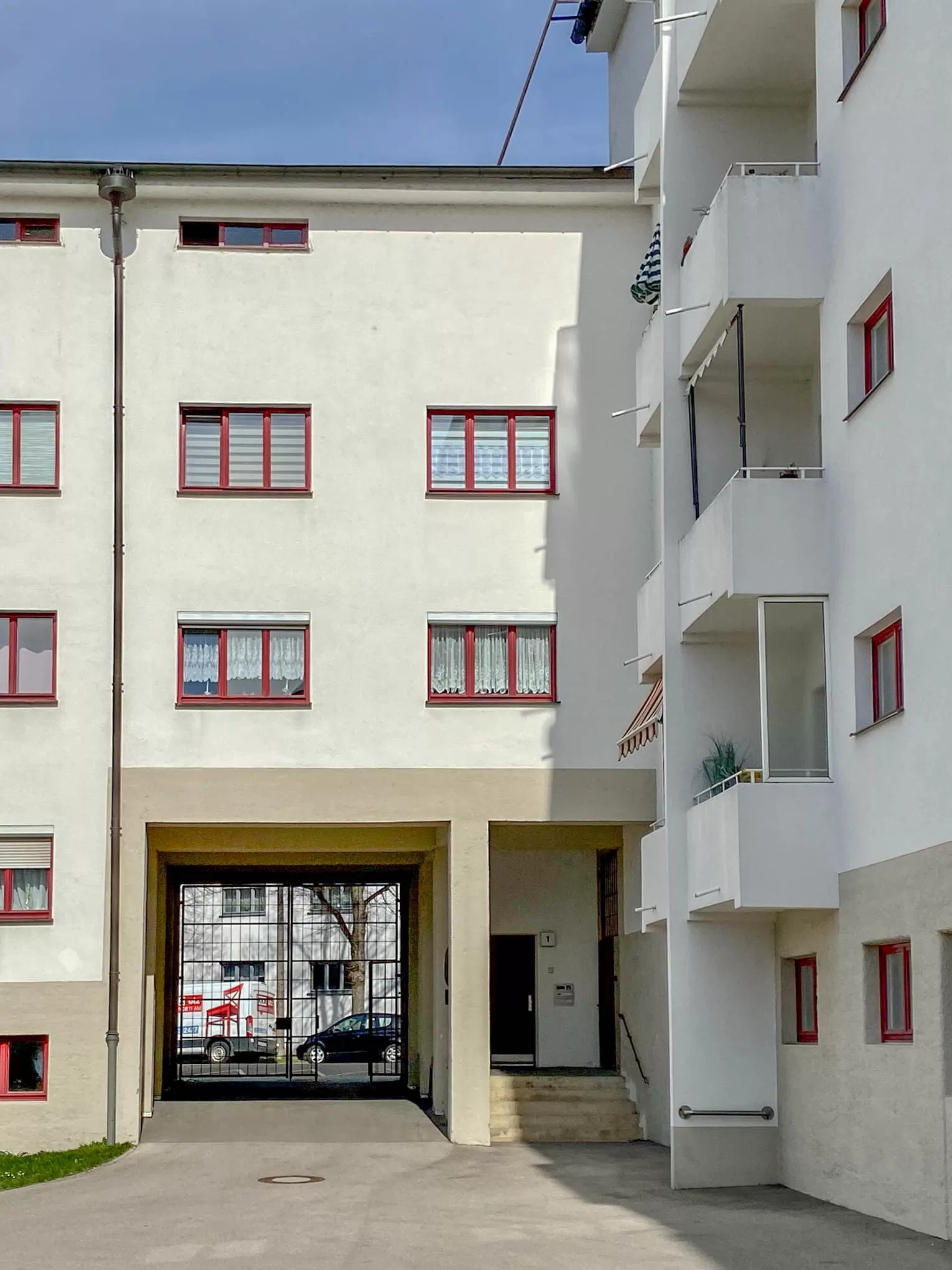
Schuberthof, 1928-1930. Architect: Thomas Wechs. Photo: Daniela Christmann
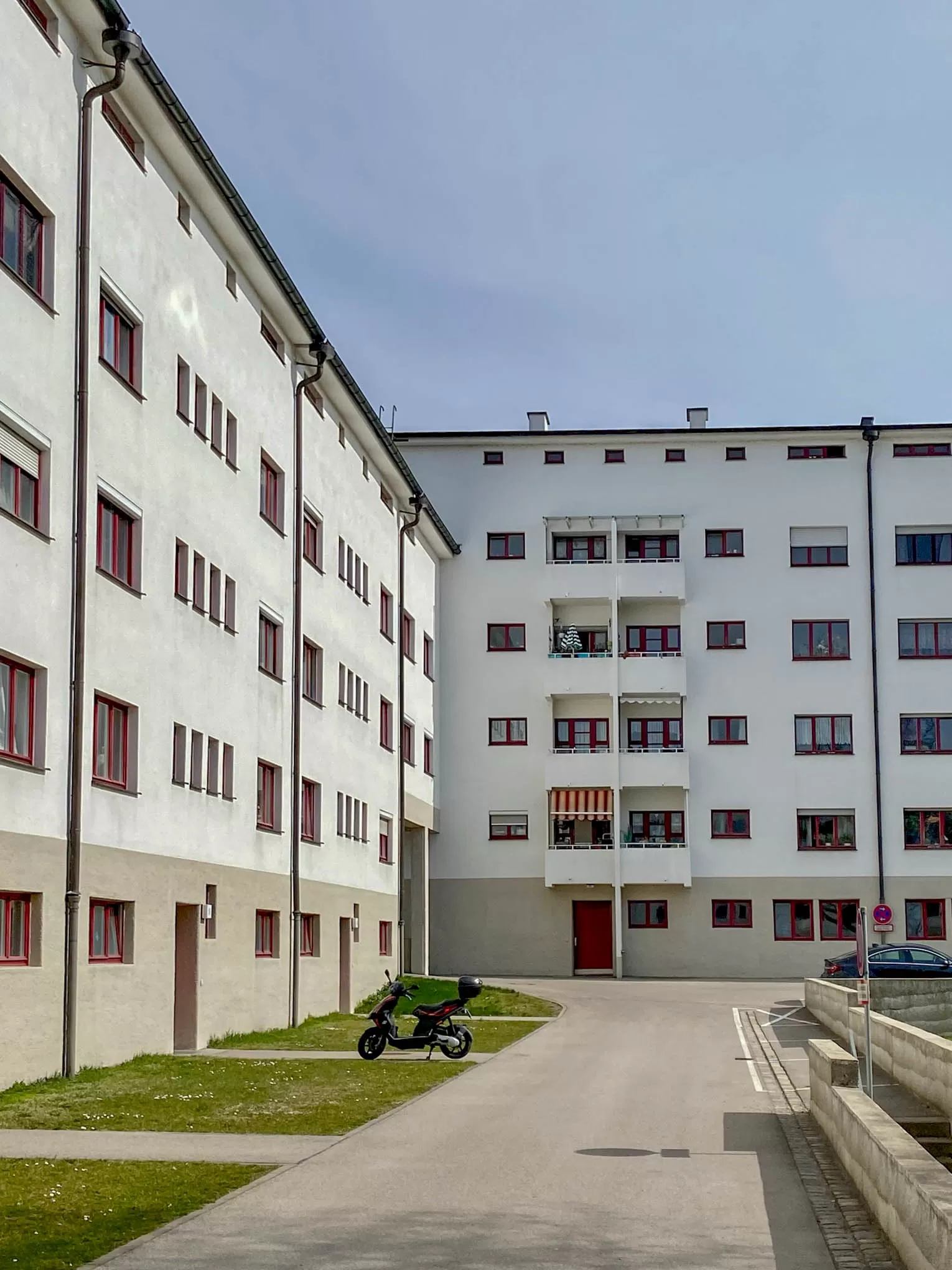
Schuberthof, 1928-1930. Architect: Thomas Wechs. Photo: Daniela Christmann

